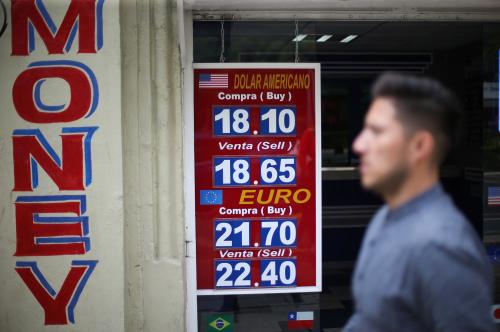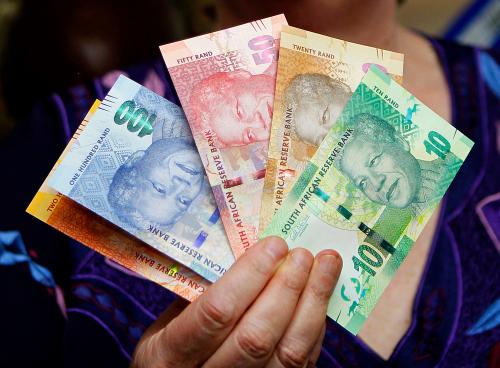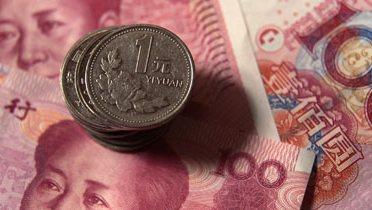Throughout 1997, East Asia’s unfolding financial crises provoked scathing critiques of the role of foreign investors in the region’s downward spiral. According to the critics, the same foreign investment that had helped spawn the East Asian economic miracle had come to exacerbate, if not cause, the current problems. And for many Asians, as well as for analysts elsewhere, foreign investment remains a debatable part of any proposed solution.
But before rushing to judgment about foreign investor in East Asia, it is important to remember that foreign investors come in many varieties. Foreign debt must be distinguished from foreign equity. Among debt instruments, short-term borrowings must be distinguished from long-term lending. Among private lenders, commercial banks must be distinguished from nonbank creditors, including bondholders and trade financiers. And of course private lenders must be distinguished from official lenders, which can be multilateral institutions or individual foreign governments. Among the forms of foreign equity, foreign portfolio investments in local stock markets by mutual funds and other institutional investors differ from foreign direct investments (FDI), typically by multinational corporations that consciously combine equity ownership with managerial control. Even FDI must be further dissected into new cross-border flows and local earnings reinvested in the host economy where they were generated.



Commentary
Foreign Direct Investment: The Key to Asia’s Future Economic Growth?
June 1, 1998